

It all comes back to the land. LA+, the new publication produced by the Landscape Architecture Department at the University of Pennsylvania’s School of Design, places landscape architecture at the origin point of a diverse panoply of disciplines. Put out twice annually, LA+ features precisely curated content from an array of professions that all come to focus on the landscape.
The radiating wheel of fields surrounding LA+’s icon on the cover of "WILD", its inaugural issue, includes ecologists, philosophers, climatologists, historians and oceanographers – all of which (and more) have contributed pieces to the issue. What it means to be wild, wilderness and beauty, the conservation of wilderness, and how to create wilderness, are all taken up by "WILD".
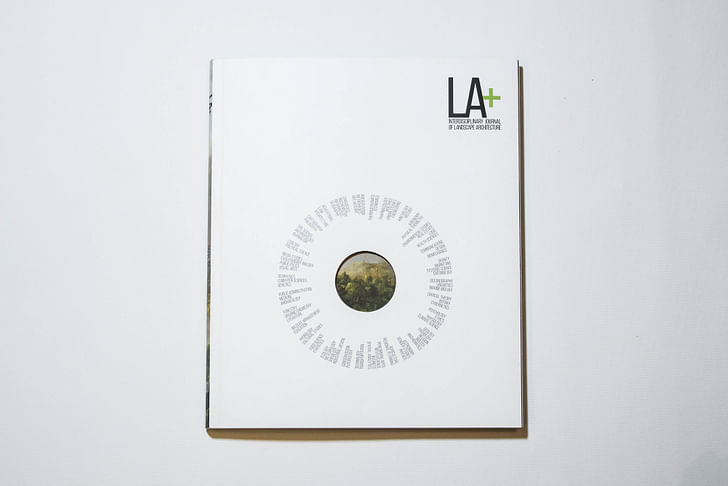
Our featured excerpt for Screen/Print comes from world-renowned evolutionary ecologists Timothy Mousseau and Anders Møller, whose piece “Landscape-Scale Consequences of Nuclear Disasters” reflects on data collected from over sixty peer-reviewed papers published by their research team, investigating the biological effects of nuclear radiation. Their findings included markedly decreased decomposition rates, as well as cases of albinism in bird populations, in areas of high radiation. Focusing on recent nuclear disasters at Chernobyl and Fukushima, Mousseau and Møller consider the often invisible, but long-term and drastic effects of radiation on the landscape.


"Landscape-Scale Consequences of Nuclear Disasters"
By Timothy A. Mousseau and Anders P. Møller
Disasters such as those that occurred in Chernobyl in 1986 and Fukushima in 2011 have been largely overlooked from the large-scale landscape perspective because radiation evades our senses and can only be detected using electronic devices. However, the direct consequences of radiation on biochemicals (e.g. DNA) can have considerable and cascading impacts on individuals, populations, communities and broader ecosystems.
it is imperative that studies of radiation effects be conducted in nature, at a landscape scale.The nuclear accidents at both Chernobyl and Fukushima released enormous quantities of radioactive elements that were dispersed by the prevailing weather at landscape scales with land areas of approximately 200,000 km2 and 15,000 km2 significantly contaminated in these regions, respectively. The radioactive materials were not uniformly dispersed and created a mosaic of “hot” and “cold” microhabitats scattered across these regions. This radioactive patchwork has provided a unique opportunity to investigate the genetic, ecological and evolutionary impacts on biological systems with a degree of replication, and hence scientific rigor, not possible using laboratory or traditional field studies which are often constrained to a limited and rather unnatural range environmental heterogeneity. It is expected that the interactions between natural environmental factors and radioactive contaminants likely play a large and significant role in determining ecological outcomes of these disasters and thus it is imperative that studies of radiation effects be conducted in nature, at a landscape scale.
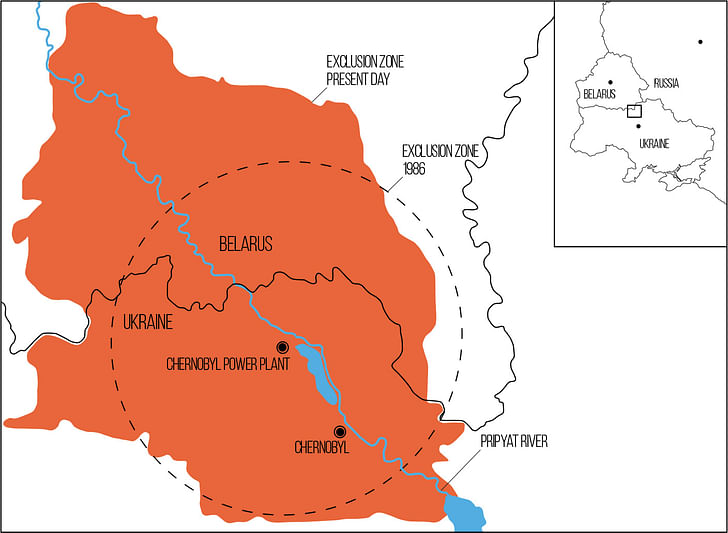
Despite the unprecedented magnitude of these disasters, there have been many reports in the popular media and regulatory agency literature of limited health and environmental impacts stemming from the radiological aspects of the Chernobyl and Fukushima disasters. In fact, the Chernobyl Forum’s 2006 report suggested that plants and animals had thrived since the disaster:
The recovery of affected biota in the exclusion zone has been facilitated by the removal of human activities ... As a result, populations of many plants and animals have eventually expanded, and the present environmental conditions have had a positive impact on the biota in the Exclusion Zone. Indeed, the Exclusion Zone has paradoxically become a unique sanctuary for biodiversity.[1]
The more recent report of the United Nations Scientific Committee on the Effects of Atomic Radiation (UNSCEAR) also suggested that impacts to non-human biota beyond the areas of highest contamination would be “insignificant”.[2] However, these claims were made largely in the absence of supporting data. In direct response to these claims, our research team has in many areas the trees have never returned because of the high radiation levels that persist in these areasmade more than 30 expeditions to Chernobyl and 10 to Fukushima and has published more than 60 peer-reviewed papers documenting the biological impacts of these disasters.[3]
Among the most notable observations made early in our studies were the large numbers of generally intact Scots Pine (Pinus sylvestris) tree trunks scattered haphazardly across many of the more highly contaminated regions of the Chernobyl Exclusion Zone. These trees were killed by the high doses of radiation that accompanied the initial explosion and in many areas the trees have never returned because of the high radiation levels that persist in these areas. In addition to the tree trunks, we also observed thick layers of leaf litter on the forest floor. Inspired by these observations, in 2008 we conducted a large-scale experiment where we placed more than 600 bags of leaf litter across the Zone to test the hypothesis that decomposition processes were being disrupted by the radioactive contaminants, thus leading to the accumulation of dead plant material on the ground.
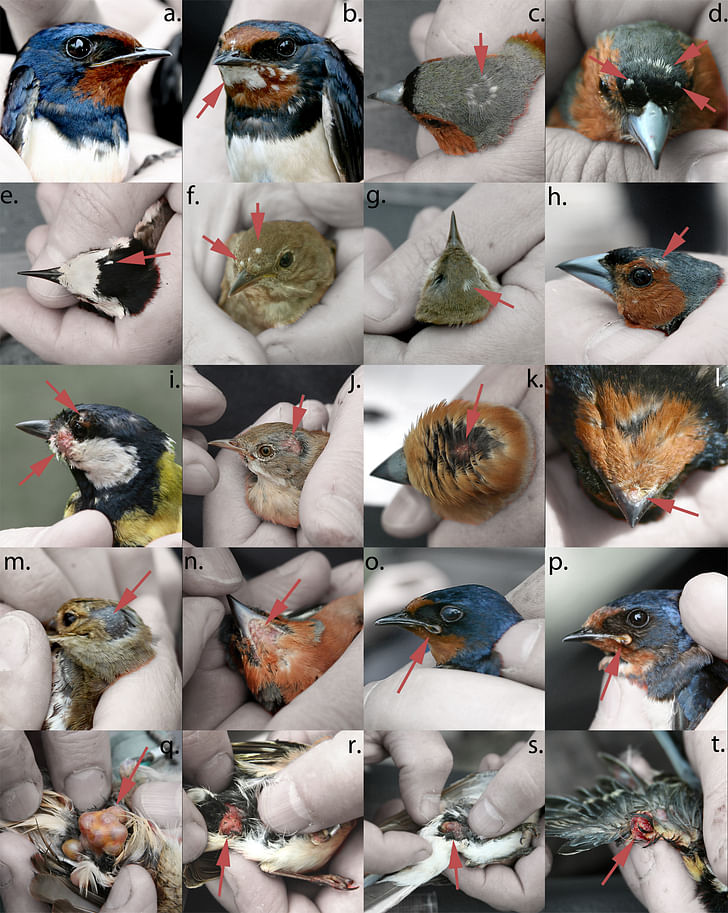
The results from this experiment were conclusive: in areas of high radiation, decomposition was 50% slower than in clean areas, with variation in microbial activity (rather than insects or other invertebrates) the leading cause of decline in decomposition activity.[4] It seems likely that these effects on microbial activity are also one cause of the decreased productivity observed for several tree species.[5] The direct effects of radiation on tree growth can be easily seen from measurements of tree ring growth increments and qualitative changes in wood color and density. In addition, in many areas of the Zone, the normally tall and straight Scots Pines are twisted and deformed as a result of the direct toxicity and mutagenic impacts of the radioactive contaminants on their apical meristems. Although deformities in tree architecture can be caused by many factors, the prevalence of such malformations in areas of high radiation has been repeatedly documented leaving little doubt concerning the dominant Some insects also show large and obvious effects of radiation on color patterns on their exoskeletons.cause in the Chernobyl region. To date no similar studies have been conducted in Fukushima, although anecdotal observations of high branch fall from Japanese cedars (Cryptomeria japonica) in areas of high radiation are highly suggestive that the forests of this region may have been affected in similar ways.
Abnormal development related to the radiation can also be seen in many other organisms. The first directly observed abnormalities were patches of white feathers in bird plumage that are much more common in areas of high contamination.[6] The appearance of these partial albinos is believed to reflect the direct effects of ionizing radiation on the specialized cells (melanocytes) that produce pigments in feathers and skin and indirect effects of radiation on the availability of key intracellular antioxidants (e.g. carotenoids and glutathione). These antioxidants serve the dual role of quenching the reactive oxygen species (ROS) that are generated by ionizing radiation as well as precursors to the pigments found in many organisms. If antioxidants are used for coloration, they cannot be used as a defense against ionizing radiation, and the ability to adjust this trade-off may be an important factor related to adaptation to radiation that has been recently reported for some birds in Chernobyl.[7]

We have also documented many other effects of radiation including increased rates of cataracts and tumors on the heads, bodies and feet. Some insects also show large and obvious effects of radiation on color patterns on their exoskeletons. For example, the “facemask” pattern on the firebugs of the region show dramatic aberrations and asymmetry in form in many individuals living in radioactive areas.[8] Recent studies of butterflies in Japan show similar morphological consequences of the genetic mutations resulting from exposure to radiation.[9]
It is becoming increasingly clear that the effects observed for individuals have a cascading influence on the biological community and ecosystem as a whole. Over the course of 2006–2008 in Chernobyl (Ukraine and Belarus) and 2011–2013 in Fukushima, a total of 896 and 1100 surveys of animal distribution and abundance were conducted at each location, most birds, insects, spiders and mammals showed significant declines in health and population in areas of high radiationrespectively. We called this a massively replicated biotic inventory experiment. The objective was to determine with a high degree of confidence the impacts of radiation on productivity and biodiversity in these regions. The statistical analyses that are possible by use of a large landscape approach permits the investigation of radiation effects independently of other environmental factors known to influence animal abundance, and has the added important advantage of not requiring baseline information from prior to the disasters. The overriding message from these studies was that most birds, insects, spiders and mammals showed significant declines in health and population in areas of high radiation in the Chernobyl regions following 20+ years and a similar number of generations.[10] In Fukushima, following just four months of exposure, birds, butterflies and cicadas showed declines, while many other groups appear not to have been affected (although mammals have not yet been surveyed).[11] The approach we have taken provides a very sensitive and robust analysis for radiation effects while controlling for the possible contributing effects of human habitation, and local micro-environmental factors.
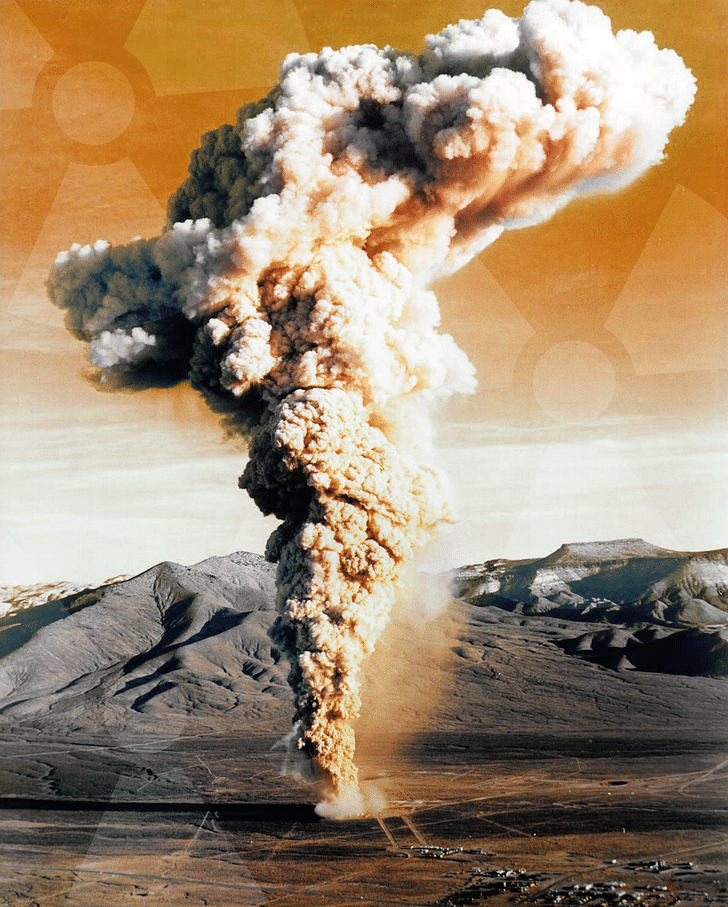
In sum, these findings clearly demonstrate landscape-scale individual, population and ecosystem consequences of these nuclear disasters, with many examples of developmental abnormalities and deformities that likely contribute to the depressed abundances and biodiversity seen in radioactive parts of the Chernobyl and Fukushima regions. These findings contrast starkly with the optimistic unsupported claims made by the United Nations Chernobyl Forum and UNSCEAR committees. Continued study will be required to determine not only the time-course for population and community adaptation to this perturbation, but also if and when these regions will ever again be suitable for human habitation.
(Note: Endnotes to this piece can be found in the image gallery below.)

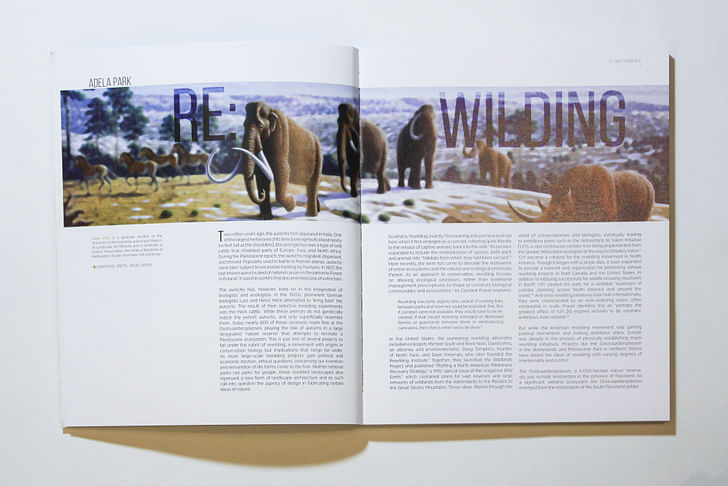
Key members for "WILD" include:

Other contributors to "WILD" include:
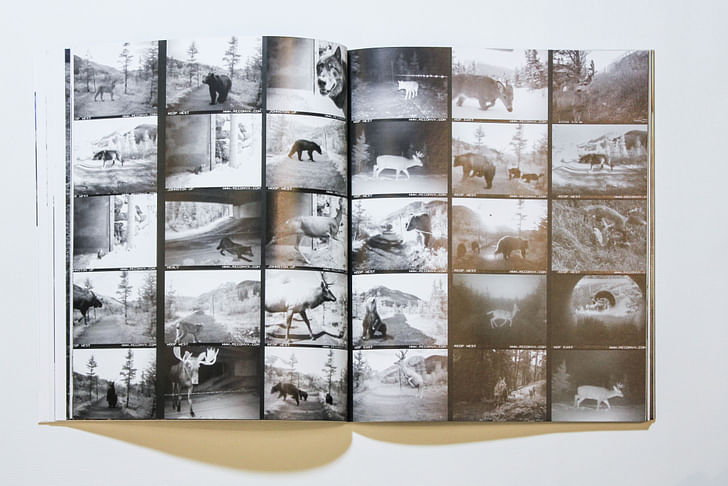
Screen/Print is an experiment in translation across media, featuring a close-up digital look at printed architectural writing. Divorcing content from the physical page, the series lends a new perspective to nuanced architectural thought.
For this issue, we featured LA+ first issue, "WILD".
Do you run an architectural publication? If you’d like to submit a piece of writing to Screen/Print, please send us a message.
Former Managing Editor and Podcast Co-Producer for Archinect. I write, go to the movies, walk around and listen to the radio. My interests revolve around cognitive urban theory, psycholinguistics and food.Currently freelancing. Be in touch through longhyphen@gmail.com
No Comments
Block this user
Are you sure you want to block this user and hide all related comments throughout the site?
Archinect
This is your first comment on Archinect. Your comment will be visible once approved.